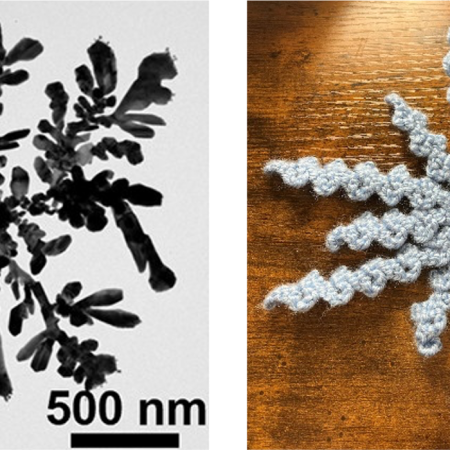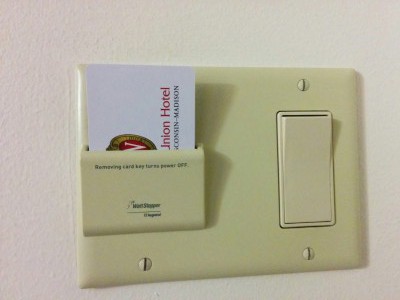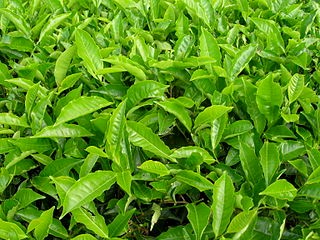
Tag: blog post


Why nanoscientists and farmers both care about plant leaves

Quantum Computing for Everyone

CSN middle school outreach: Teaching nanoscience the fun way!

Nanoscience in your lashes?

What Can One Hotel Do to Be Sustainable?

How the Fruits Got Their Colors
Who Reads Sustainable Nano?

The Green Nanotechnology Revolution
